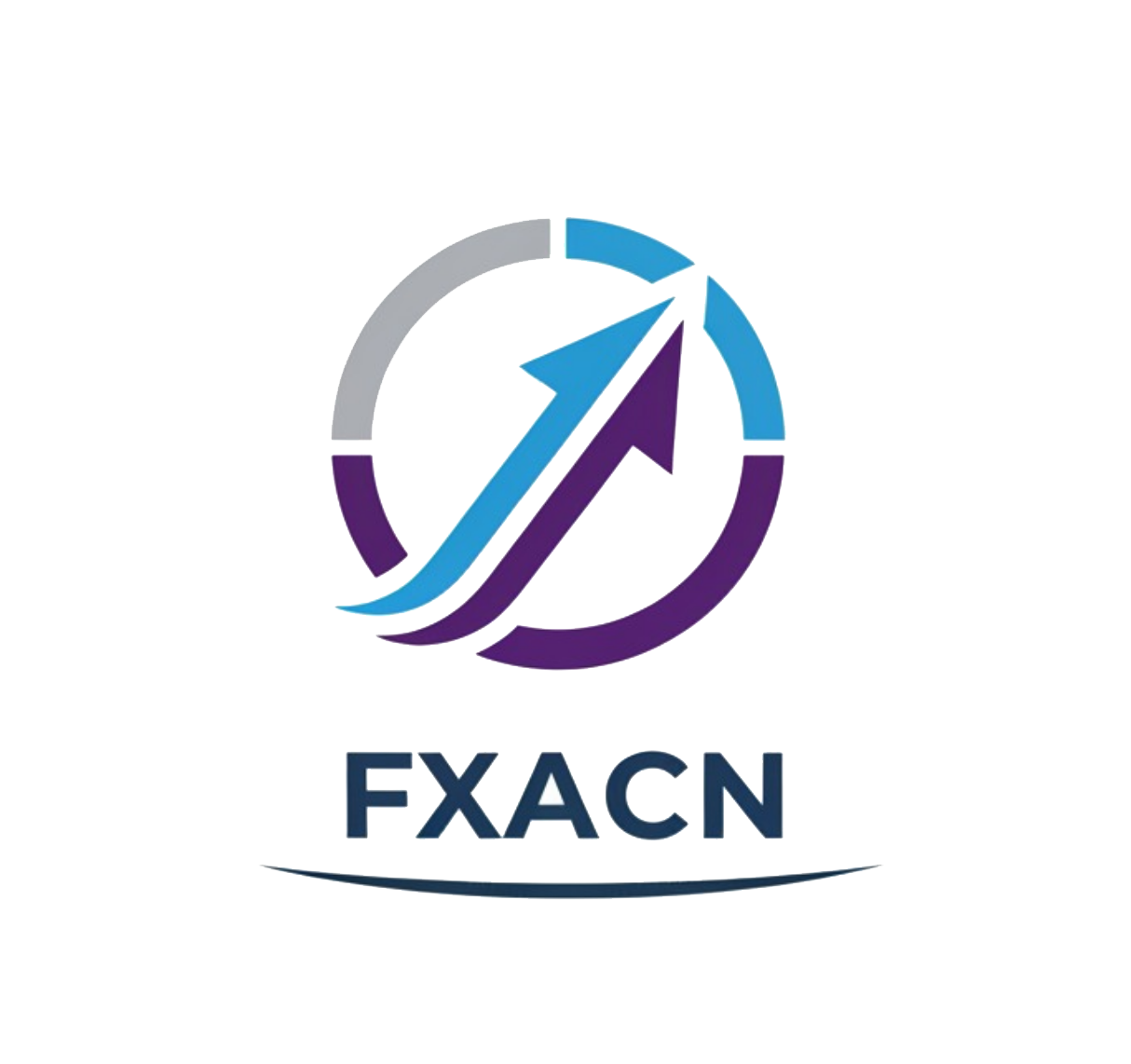Introduction
Tickmill is an emerging player in the forex trading landscape, offering a platform for traders globally since its establishment in 2014. The broker has positioned itself as a reliable entity by emphasizing competitive trading conditions, diverse asset offerings, and comprehensive educational materials aimed at enhancing trader knowledge. However, as the trading environment becomes increasingly crowded, it becomes essential for traders to meticulously assess the credibility and reliability of each broker they consider. Evaluating whether “Is Tickmill Safe” requires careful scrutiny of various aspects, including regulatory compliance, company background, trading conditions, fund security, and user experiences. This article employs a comprehensive framework based on the latest available data to dissect the trustworthiness of Tickmill and provide potential traders with insights necessary to make informed decisions.
Regulation and Legitimacy
The regulatory environment under which a broker operates is pivotal in determining its legitimacy and the level of protection afforded to its clients. Tickmill is regulated by several prominent financial authorities, including the Financial Conduct Authority (FCA) in the UK and the Cyprus Securities and Exchange Commission (CySEC). This regulation assures traders that the broker adheres to strict financial standards and transparency principles.
Here is a summary of Tickmill’s regulatory information:
| Regulatory Authority | License Number | Jurisdiction | Verification Status |
|---|---|---|---|
| FCA | 717270 | United Kingdom | Verified |
| CySEC | 278/15 | Cyprus | Verified |
| FSCA | FSP 49464 | South Africa | Verified |
| FSA (Seychelles) | SD008 | Seychelles | Verified |
| Labuan FSA | MB/18/0028 | Malaysia | Verified |
The presence of multiple regulators enhances confidence in the broker, while the FCA’s oversight—recognized as one of the toughest regulatory bodies—places an additional weight on its legitimacy. Historical compliance records indicate a good adherence to regulatory standards; however, it’s essential to interrogate any past compliance issues.
Company Background Investigation
Tickmill was founded by a group of professionals with extensive experience in the financial markets. As a global broker, it has expanded rapidly, and the ownership structure appears straightforward, allowing for accountability.
Tickmill operates with several subsidiaries across different jurisdictions, ensuring broad market access while adhering to localized financial regulations. The transparency of management, including their backgrounds in finance and trading, further cements the broker’s industry credibility. The key management team has significant expertise and experience, which bodes well for corporate governance.
Despite its relatively short history since its establishment in 2014, Tickmill has garnered multiple industry awards, reflecting its growth and success in positioning itself as a reliable trading partner. However, the opacity of some internal practices—especially regarding conflict of interest in trading operations—could raise red flags.
Trading Conditions Analysis
Trading conditions directly affect traders’ profitability and experience. At Tickmill, market conditions appear competitive, particularly regarding spreads and commission structures. The broker claims spreads starting from 0.0 pips, which is particularly enticing for high-frequency traders.
The following table compares Tickmill’s core trading costs with industry averages:
| Cost Type | Tickmill | Industry Average |
|---|---|---|
| Major Currency Pair Spread | From 0.0 pips | 1.0 – 1.5 pips |
| Commission Model | $3 per lot | $5 – $7 per lot |
| Overnight Interest Range | Variable | Variable |
While Tickmill explicitly offers low-cost trading, some users have reported discrepancies in spreads during volatile market conditions, which raises questions about overall consistency. Moreover, users must navigate a complex fee structure that could potentially include hidden costs.
Customer Fund Security
The security of client funds is paramount in the trading industry. Tickmill employs several safety measures to protect its users. Funds are held in segregated accounts in top-tier banks. This separation ensures that, in case of insolvency, client funds remain secure and separate from the operational funds of Tickmill.
In addition to segregation, Tickmill provides negative balance protection, meaning traders cannot lose more than their invested capital. While this offers a safety net, potential traders should remain cautious of any historical issues with funds or withdrawal processes raised in forums and user reviews.
Customer Experience and Complaints
Customer feedback on Tickmill presents a mixed picture. Many users appreciate the low trading costs, speedy execution, and comprehensive educational resources. However, several complaints have emerged regarding delayed withdrawals and inadequate customer service responses.
The following table summarizes key complaint types and their assessed severity:
| Complaint Type | Severity Level | Company Response |
|---|---|---|
| Withdrawal Delays | Moderate | Some timely responses |
| Poor Customer Service | High | Slow incident resolution |
| Pricing Discrepancies | Moderate | Varied explanations |
Specific cases highlight frustrations over withdrawal times taking longer than promised and perceived issues with pricing during high volatility. These incidents suggest a need for Tickmill to enhance its communication and responsiveness to customer inquiries.
Platform and Execution
Tickmill primarily uses the MetaTrader 4 and MetaTrader 5 platforms, favored for their user-friendly interfaces and extensive analytical tools. Feedback regarding execution quality is generally favorable, with most orders filled rapidly, although there are rare reports of slippage and rejections during from some users during volatile market periods.
Overall, the platform appears solid, with no major indications of manipulation; however, traders should remain vigilant and continuously assess their experiences, particularly during high impact economic news events.
Risk Assessment
Using Tickmill carries certain risks, primarily linked to account verification challenges, withdrawal issues, and market conditions under which trading operates. The following risk summary highlights key areas that potential users should consider:
| Risk Category | Risk Level | Summary |
|---|---|---|
| Regulatory Compliance | Low | Multiple credible regulators |
| Fund Security | Medium | Segregated accounts but historical concerns |
| Execution Quality | Low | Fast execution, occasional slippage |
| Customer Service | High | Inconsistent support across queries |
Traders seeking to mitigate risk should ensure all relevant documentation is in order before trading, maintain regular communication with support, and consider the overall environment in which they operate.
Conclusion and Recommendations
In closing, the question “Is Tickmill Safe” can largely be answered in the affirmative—Tickmill is a legitimate broker with multiple regulatory licenses and a strong presence in the trading community. Nevertheless, there are concerns about withdrawal delays, complaints related to customer service, and fluctuating spreads that traders should weigh carefully.
For low-cost, flexible trading, Tickmill is a viable option, especially for more experienced traders who can navigate the finer points of trading costs and withdrawal processes. Beginners, however, may benefit from exploring alternative brokers with better customer experience ratings.
In summary, due diligence is essential. Assess your individual trading style and needs against the backdrop of Tickmill’s offerings to ensure a positive trading experience. If concerns persist or issues arise, look into other reputable brokers that align with your trading objectives.


